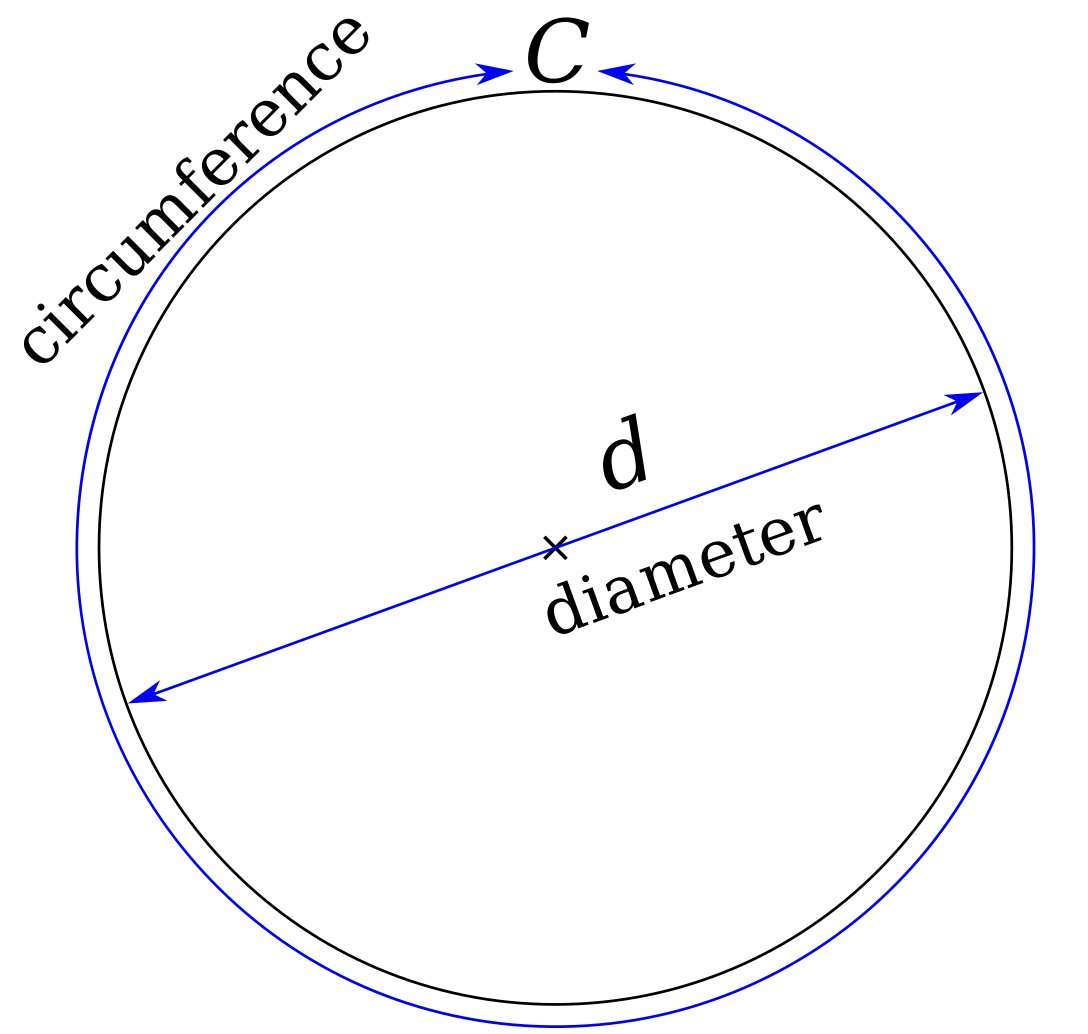
Ok, since today is Pi (π) day, maybe it's a good day to learn about it a little bit!
Here are some fun facts about the number Pi
🤓
👇
Here are some fun facts about the number Pi
🤓
👇
Pi is the ratio of a circle's circumference to its diameter.
It is an irrational number, meaning it cannot be expressed as the ratio of two integers.
And its digits NEVER repeat in a regular pattern.
👇
It is an irrational number, meaning it cannot be expressed as the ratio of two integers.
And its digits NEVER repeat in a regular pattern.
👇

As of Today, 100 trillion digits of Pi were calculated!!
The "last" 10 digits are: 43095295560
If all the digits were written to a txt file, with regular ASCII encoding, that would be a 100 Terabytes file! 🤯
You can learn more about it here:
cloud.google.com/blog/products/…
👇
The "last" 10 digits are: 43095295560
If all the digits were written to a txt file, with regular ASCII encoding, that would be a 100 Terabytes file! 🤯
You can learn more about it here:
cloud.google.com/blog/products/…
👇
Pi is very popular but there are other famous irrational numbers:
🐚Golden ratio: 1.618, t is often found in nature, such as in the spirals of seashells and the branching of trees
🔲Square root of 2: 1.414
🔣Euler's number (e): 2.718, It is the base of natural logarithms
👇
🐚Golden ratio: 1.618, t is often found in nature, such as in the spirals of seashells and the branching of trees
🔲Square root of 2: 1.414
🔣Euler's number (e): 2.718, It is the base of natural logarithms
👇
(
Quick fact about square roots:
Not only the square root of 2 is irrational but ALL square roots of natural numbers, other than of perfect squares are irrational too!
)
👇
Quick fact about square roots:
Not only the square root of 2 is irrational but ALL square roots of natural numbers, other than of perfect squares are irrational too!
)
👇
Pi is literally infinitely long but the sequence 123456 doesn't appear in the first million digits!
So, your password is safe!
👇
So, your password is safe!
👇
This one will break your head!😵💫
(e^(i*pi)) + 1 = 0
This is called the Euler's identity!
Three of the basic arithmetic operations occur exactly once each: addition, multiplication, and exponentiation.
The identity also links five fundamental mathematical constants!
👇
(e^(i*pi)) + 1 = 0
This is called the Euler's identity!
Three of the basic arithmetic operations occur exactly once each: addition, multiplication, and exponentiation.
The identity also links five fundamental mathematical constants!
👇

Pi is a Transcendental number! (just as e)
It's not the root of a non-zero polynomial of finite degree with rational coefficients
The Square root of 2 and the golden ration aren't!!!
Now try to prove that!
👇
It's not the root of a non-zero polynomial of finite degree with rational coefficients
The Square root of 2 and the golden ration aren't!!!
Now try to prove that!
👇
If you search pi on @google there's a memory game you can play (inside the calculator) to see how many digits you can memorize of pi
Today, according to the math rule of law, It counts as work!
👇
Today, according to the math rule of law, It counts as work!
👇
I hope you learned something new!
Share it so more people can learn too
And if you can, follow me so you don't miss future content!
What other Pi facts would you add?
🤔
#PieDay
Share it so more people can learn too
And if you can, follow me so you don't miss future content!
What other Pi facts would you add?
🤔
#PieDay
Another fun fact
Pi is of course related to the circumference, which has 360 degrees.
The digits 358th, 359th and 360th of Pi are...
wait for it...
360!!!!!!
🤯🫠
Pi is of course related to the circumference, which has 360 degrees.
The digits 358th, 359th and 360th of Pi are...
wait for it...
360!!!!!!
🤯🫠
• • •
Missing some Tweet in this thread? You can try to
force a refresh










